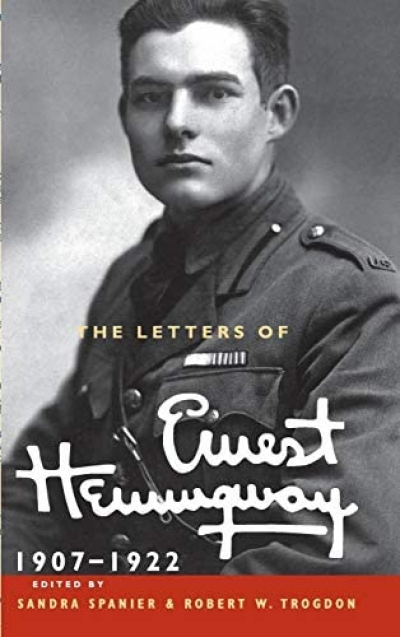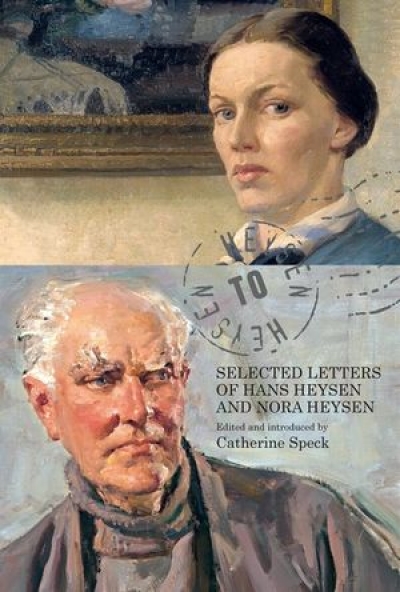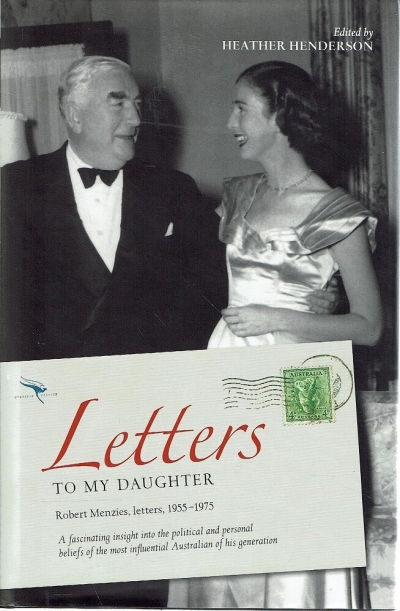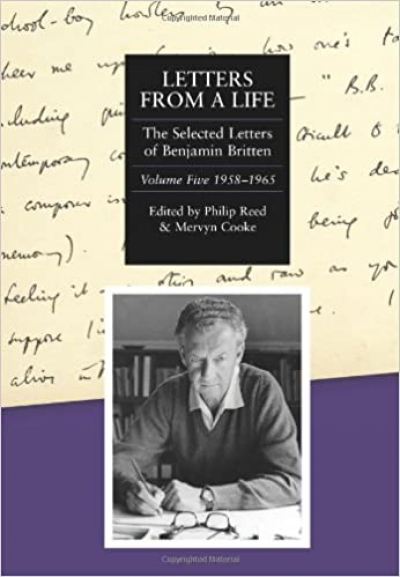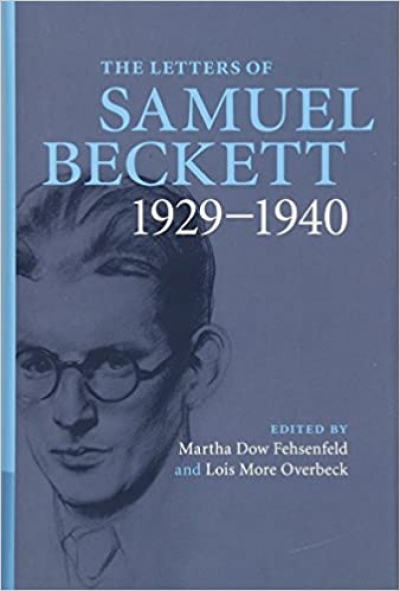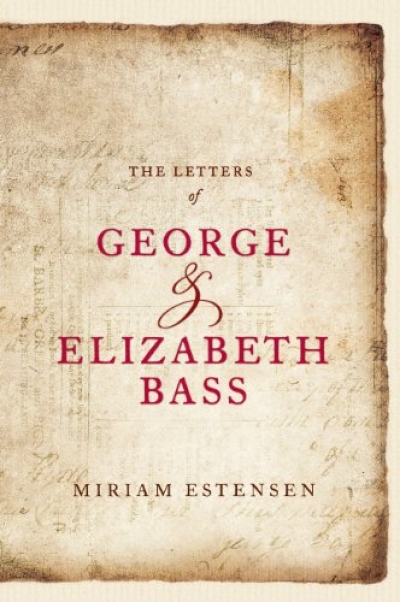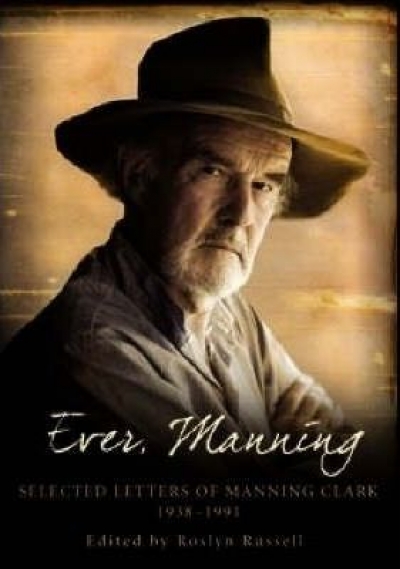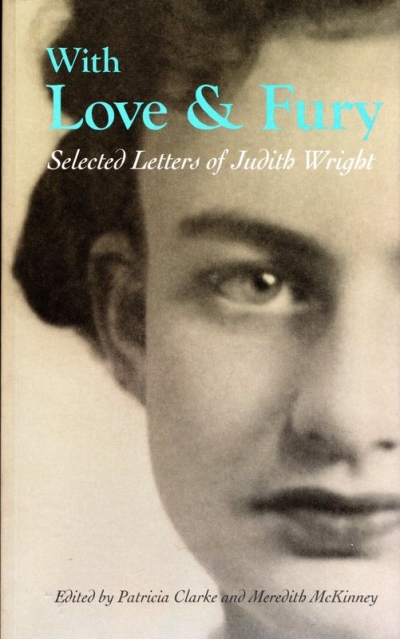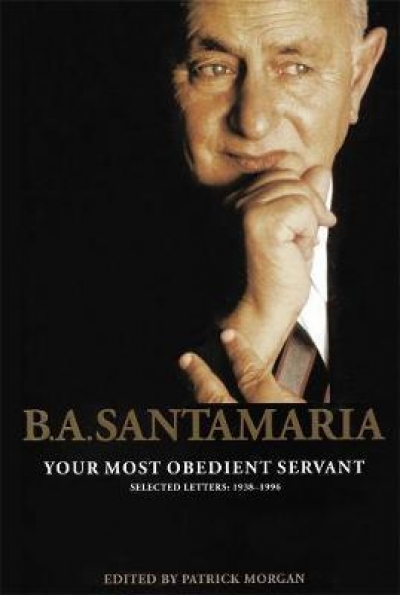Letter collection
The Letters of Ernest Hemingway: 1907–1922 by Sandra Spanier and Robert W. Trogdon
by James McNamara •
Heysen to Heysen: Selected Letters of Hans Heysen and Nora Heysen by Catherine Speck
by Christopher Menz •
Letters to My Daughter: Robert Menzies, Letters, 1955–1975 edited by Heather Henderson
by Sue Ebury •
Letters from a Life: The Selected Letters of Benjamin Britten 1913–1976: Volume Five 1958–1965 edited by Philip Reed and Mervyn Cooke
by Andrew Ford •
The Letters of Samuel Beckett, Vol. 1: 1929–1940 edited by Martha Dow Fehsenfeld and Lois More Overbeck
by James Ley •
Ever, Manning: Selected letters of Manning Clark 1938–1991 edited by Roslyn Russell
by John Thompson •
With Love and Fury edited by Patricia Clarke and Meredith McKinney & Portrait of a Friendship edited by Bryony Cosgrove
by Lisa Gorton •
B.A. Santamaria: Your most obedient servant: Selected Letters 1938–1996 edited by Patrick Morgan
by Brenda Niall •

